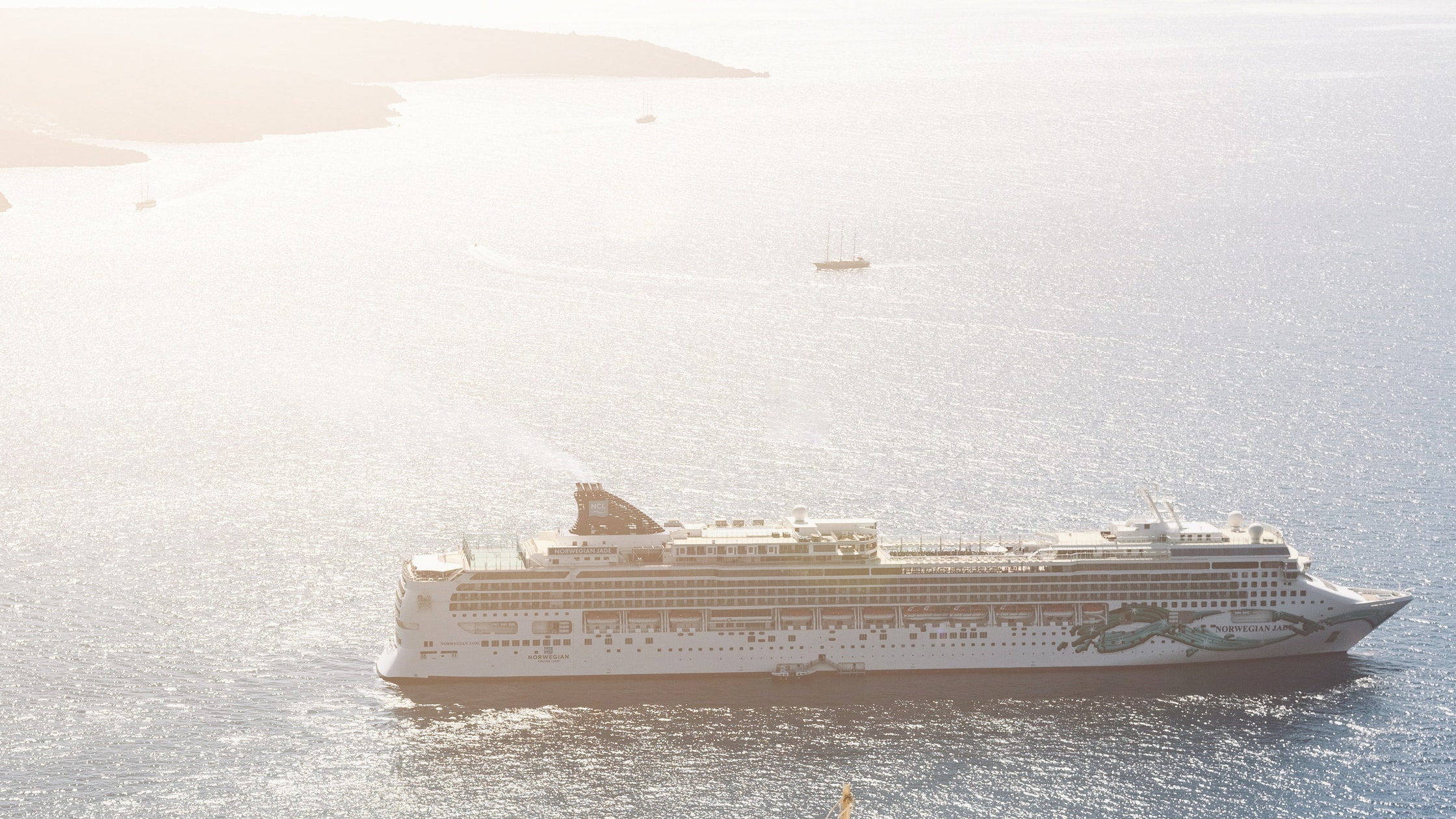Advancements in Eco-Friendly Cruise Technology
Earlier this year, the Cruise Lines International Association (CLIA), the industry’s largest trade association, announced an astonishing and admirable goal: net-zero emissions for its oceangoing members by 2050. One of the key ways to achieve this objective is by outfitting all the world’s cruise ports with hookups that allow ships to turn off their main and auxiliary diesel engines and plug into on-shore power. According to the Port of Seattle, home to lines like Holland America, plugging in enables the average cruise ship to save the greenhouse gas equivalent of 30 road trips between Seattle and New York.
The Rise of Shore Power Technology
The technology for shore power has been around since Princess Cruises launched it in Juneau, Alaska, back in 2001; however, it is now gaining traction across the globe. Cunard’s Queen Mary 2 can connect to shore power on both sides of the Atlantic, thanks to new facilities launched in April in Southampton, along with preexisting ones in Brooklyn. Furthermore, in 2024, Sydney’s White Bay Cruise Terminal is set to become the first shore-powered cruise port in the Southern Hemisphere, adding a renewable energy precinct that is expected to eliminate 14,000 metric tons of carbon dioxide annually. The Port of Miami, which hosts over 1,200 sailings a year, is advancing a shore-power project, partially funded by the US Environmental Protection Agency’s Diesel Emissions Reduction Act. Miami serves as a prime example of the shift toward green-power ports that can accommodate multiple ships simultaneously; Tallinn, Estonia, one of the fastest-growing cruise hubs in Eastern Europe, now offers shore power on five piers.
The Transition in Ship Design
However, ports are only half of the equation. Ships must also be equipped to plug in. Most new vessels are being built with this capability, while older ships are undergoing retrofitting to include new systems. Nearly half of all ships in the Carnival Cruise Lines fleet are now plug-in capable. Seabourn is also actively retrofitting its fleet, with Ovation already updated and Odyssey on its way. With such cooperation, CLIA is on track to potentially meet its ambitious emissions goal.




